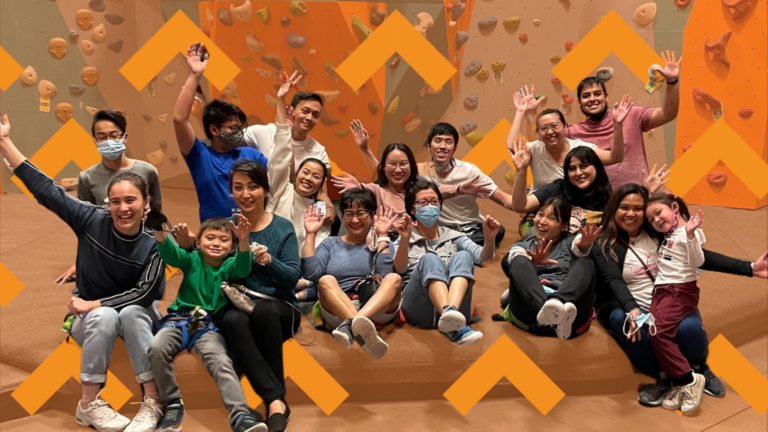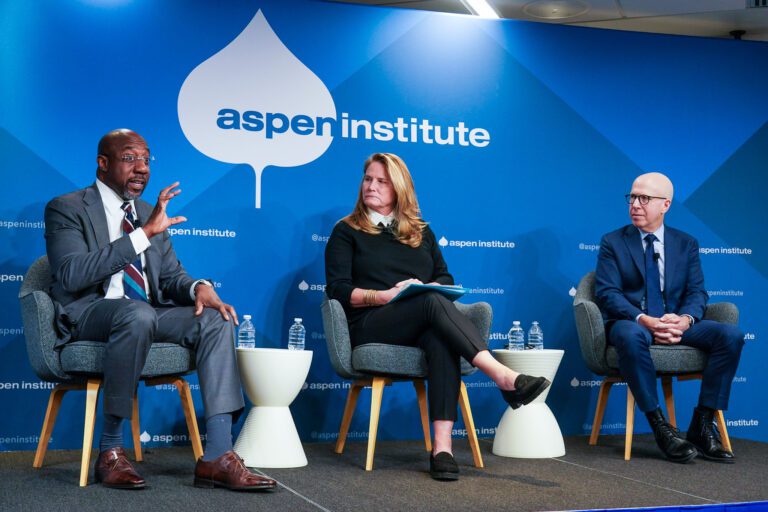Beyond Report Cards

Lessons and Innovations from the 2Gen Field
Engaging with school districts can be a notoriously fraught and frustrating proposition. Personality, commitment, trust, and turf issues can all interfere with building a strong and lasting partnership that allows for data, resources, innovative projects, and knowledge to be shared. With a mindful approach toward a mutual vision, a long–term outlook, and a focus on trust, however, two-generation organizations can build working relationships with school districts that are in the best interest of the whole family. According to John Annis of the Community Foundation of Sarasota County, the first step toward collaboration is assessing a district's readiness to partner. Annis engages districts in discussions using a checklist of five partnership indicators: leadership, willingness, readiness, capacity, and culture, which is the most important of the five. "We can aspire to partnership," he says, "but all partners need to care about success as much as I do."
Both Annis and Zorayda Moreira-Smith of CASA have found that partnering starts with tough conversations but also with a shared vision. "We start every conversation with the vision," says Moreira-Smith. "Having that shared vision allows us to get through the challenges and the mistrust. Partnership is like family. You have to know where people are coming from and be willing to listen. It takes years and years of conversation to institutionalize partnerships. Our school systems don't like external partners and people in their data and what you might do with it." Trust is a common roadblock with school districts, who question how information will be used. "I can offer to do [things to help them], but then the first day I don't deliver, I'm out of there," says Lynn Johnson, Executive Director of the Jefferson County Department of Human Services. "They're looking for me to fail." Finding common ground helps pave the way to a mutually beneficial relationship.
Annis charted his organization's goals and two-generation priorities and then asked the school district he hoped to partner with for its top priorities over the next 3-5 years. The commonalities were what helped pave the way forward and brought the organizations back to the data piece. "We said, it would be impossible to do our work if we don't have the data, and you won't have our data either. We want to tell you the families we're working with so we can all be working together." In the end, Annis' organization changed some of its own priorities to better align with the district's. "They were good priorities," he says. "Our donors want to fund things that are successful." While endowments and grant money helped both organizations get in the door with local school districts, what organizations do once inside matters. Proving that partners are trustworthy with sensitive information and data is key. Showing how that data can be used, what results are possible, and raising up examples of success to the media are equally powerful ally-builders.
Why partner with a school district in the first place? Working together makes sense. Annis points to the collaborative power of joint projects in pursuing the two-generation approach. At Alta Vista Elementary School, parents attend an on-site nursing program while their children are at school. "We met with the district and said, 'we want to prove to you that the children in the school can perform as well as any other school if we provide the right tools,'" he says. "It took three years, we shared all data, and now we're replicating in three other Title 1 schools. With this project, we showed the district that we could be trusted with the data. We showed them what we wanted it for, how we can be most effective together, and how we could work together."
Other organizations are using this show-don't-tell model as well. At CASA, partnering with the district allowed them to set up two new schools and additional youth programming. Sheltering Arms' Mechanicsville site offers a real-world lab that includes an elementary school, workforce, family, wellness, and recreation facilities in one location. Data sharing is another vital reason to collaborate with districts— it can help track student success after early childhood, help organizations better capture and evaluate efficacy, and improve their own sustainability. Information as simple as the registration date for kindergarten or a street address can help organizations prepare families for school readiness or guide funding decisions for programming in a particular neighborhood.
Sometimes the biggest barrier, however, is that people don't know where to start. Giving districts that starting point and showing them a way forward can make it easier. Annis has convinced some districts to share data by sharing his own data first while also showing why personalization of a district's data is important. "I'd start the conversation and say, 'I want to know who these kids [who got 1s on states tests] are. We know they came from the same four schools We're failing those kids in those four schools. That's our opportunity, but we can't help until we know who those kids are.' This is where I started with my data, asking to put a face with every kid who got a 1."
Some of the most common and useful data points that districts can provide include attendance, graduation, absenteeism, and street address. Data ranges from specific families to aggregate data for all students. In return, organizations can provide school systems with a much broader picture of their students' lives. Sheltering Arms uses its local evaluation partner. "When schools want to focus on academics, we say that's not the full picture. Here's the full picture," says president and CEO Blythe Robinson. " We've had to pull that together and provide that fuller picture. That's why we've gotten more traction in becoming full partners."
Robinson also points to the need to build a shared language as well as a shared vision. "There were examples of 'well, my families…' but now we realize that they're all the same families." Ascend's Marjorie Sims advises organizations to remember that good communication is not always about what you want to say. It's also about listening and making sure you're heard and understood. Who we choose to communicate with in a school district is just as important as how we communicate. District leadership is not the only avenue to pursue. Robinson and Annis's work has shown how one site can feed up into the district level. Working jointly with principals and front line staff in areas like professional development can help bridge barriers as well.
"Sometimes it's the noise from the principals to the school districts," says Robinson. "That then becomes, 'gosh, we need to know more about what's happening with our children before they get to us and how can we foster better relationships across the district?' The noise from the bottom up has been helpful." Identifying a hook that will entice districts matters as well. "We need to recognize what's interesting to them to keep the partnership going, and then we use that opportunity to say, but it's more than the child performing at grade level. There are so many surrounding pieces," says Robinson. The two-generation/school district collaboration is an emerging area that can help entire families move forward. To make it work, however, organizations must focus first and foremost on building trust and a mutual vision and be willing to show how such relationships and data sharing can work.
"Partnerships are rollercoasters, especially when we're talking about the education system," says Moreira-Smith. "It's not about the sprint or the 400, it's about the marathon. You have to pace yourself and understand that you may stop and get tired and may want to give up. A lot of people expect and want you to fail because they don't want you there, but you have to keep sight of that vision and of who you're helping and the families. The system wasn't built overnight and we're not going to change it overnight."
Photos by Dan Bayer, the Aspen Institute
See others in the series:
Related Posts



